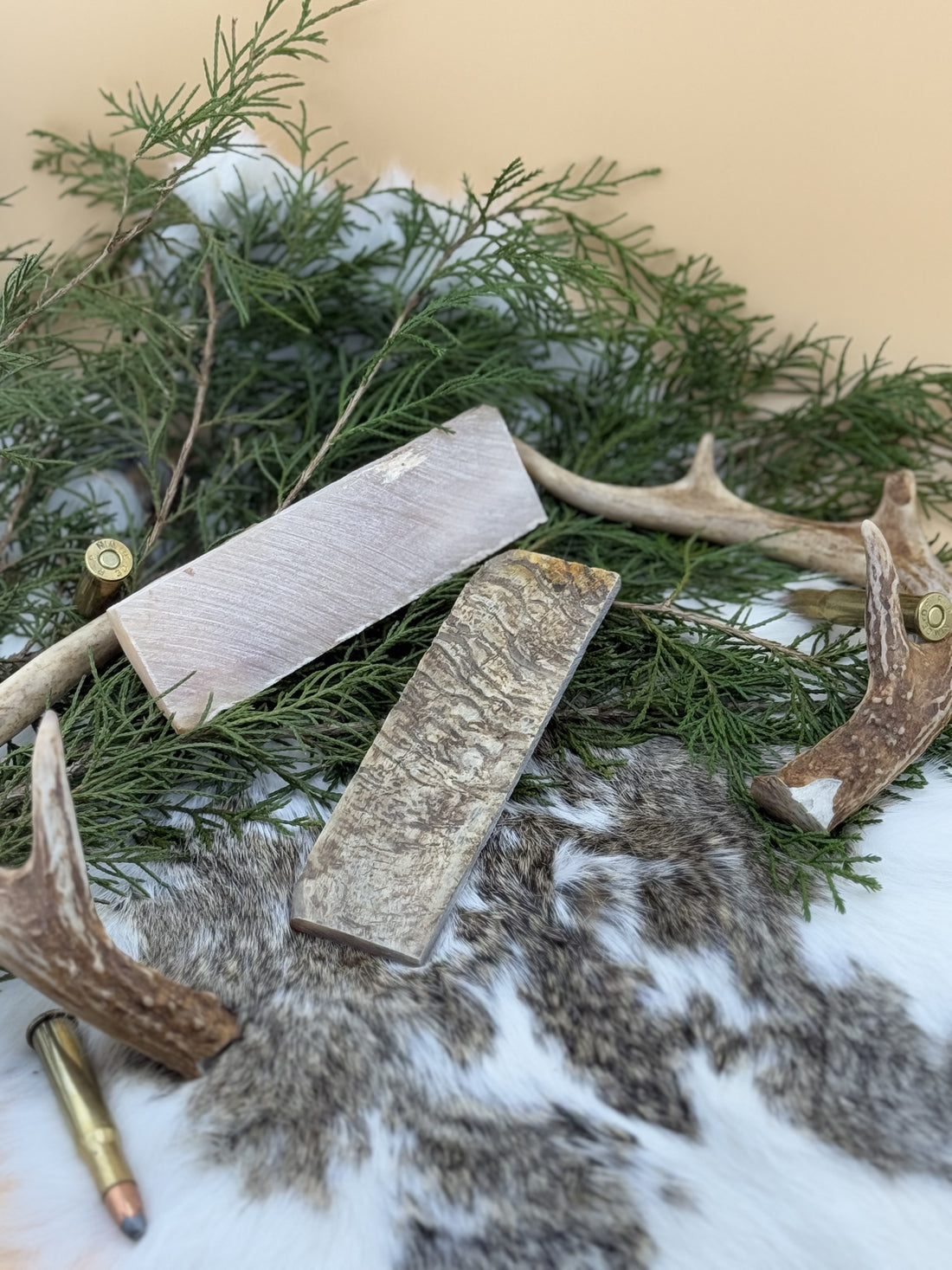Imagine finding yourself in a remote wilderness, relying on your knife for survival. Whether you’re out there field dressing a deer or finely chopping herbs in your kitchen, the type of wood in your knife handle plays a significant role in your experience. This is where the debate between stabilized wood and raw wood becomes important. Each type has its distinct characteristics that affect not just aesthetics but also performance and durability, factors that are critical in a quality knife.
Stabilized wood is often the choice for those who prioritize stability and durability. By treating raw wood with a resin under pressure, the wood becomes resistant to moisture and deformation, drastically increasing its lifespan. This process eliminates the natural pores of the wood, resulting in a handle that's less likely to warp or crack under extreme conditions. Knife makers choose stabilized wood for crafting handles meant to withstand heavy use, making them ideal for hunting knives, bushcraft tools, and tactical blades that demand resilience.
On the other hand, raw wood possesses an unmatched natural beauty that appeals to purists and traditionalists. The texture and grain of untreated wood provide a sensory experience that many connoisseurs treasure. While it is true that raw wood requires more care to prevent warping and cracking, it offers a special connection to nature that stabilizing treatments often diminish. If you are one who values authenticity and are willing to maintain your tools diligently, raw wood handles can still be a practical choice for kitchen knives or collectors’ items.
In knife-making, the choice between stabilized and raw wood significantly impacts the longevity and functionality of the blade. Whether forged from scratch or shaped using stock removal methods, the quality of a knife is as much about the steel as it is about the handle. A comfortable, well-balanced handle, regardless of wood type, contributes to the efficiency and precision of cutting tasks, whether they are mundane or life-preserving.
For anyone looking to buy a knife, understanding these materials can guide a more informed purchase. When holding a knife, the feel of the handle, its balance, and its aesthetics all play a role in your decision. Avoid common mistakes like selecting aesthetically pleasing knives made of sub-par materials or failing to consider the maintenance required for raw wood. Look for custom-made knives or those from trusted brands that assure quality, making your investment worthwhile.
Caring for your knife properly—through regular sharpening, cleaning, and oiling—ensures it remains a reliable tool, whether you are a professional chef or an outdoor enthusiast. To explore high-quality knives that blend craftsmanship with functionality, consider our collection, which features both stabilized and raw wood handles, each thoughtfully crafted to meet various needs and preferences. Visit our store today to find the perfect knife that complements your life, be it in the kitchen or out in the wild.

